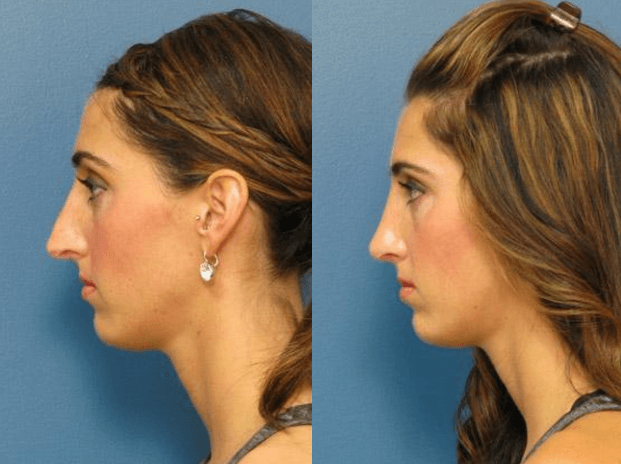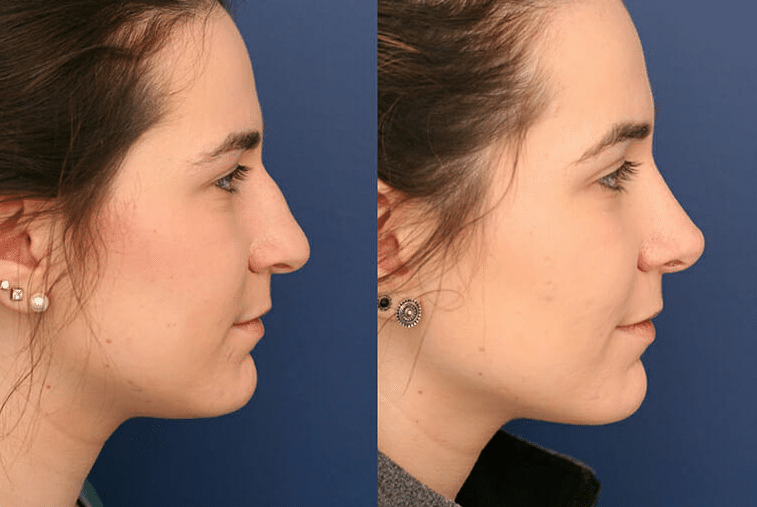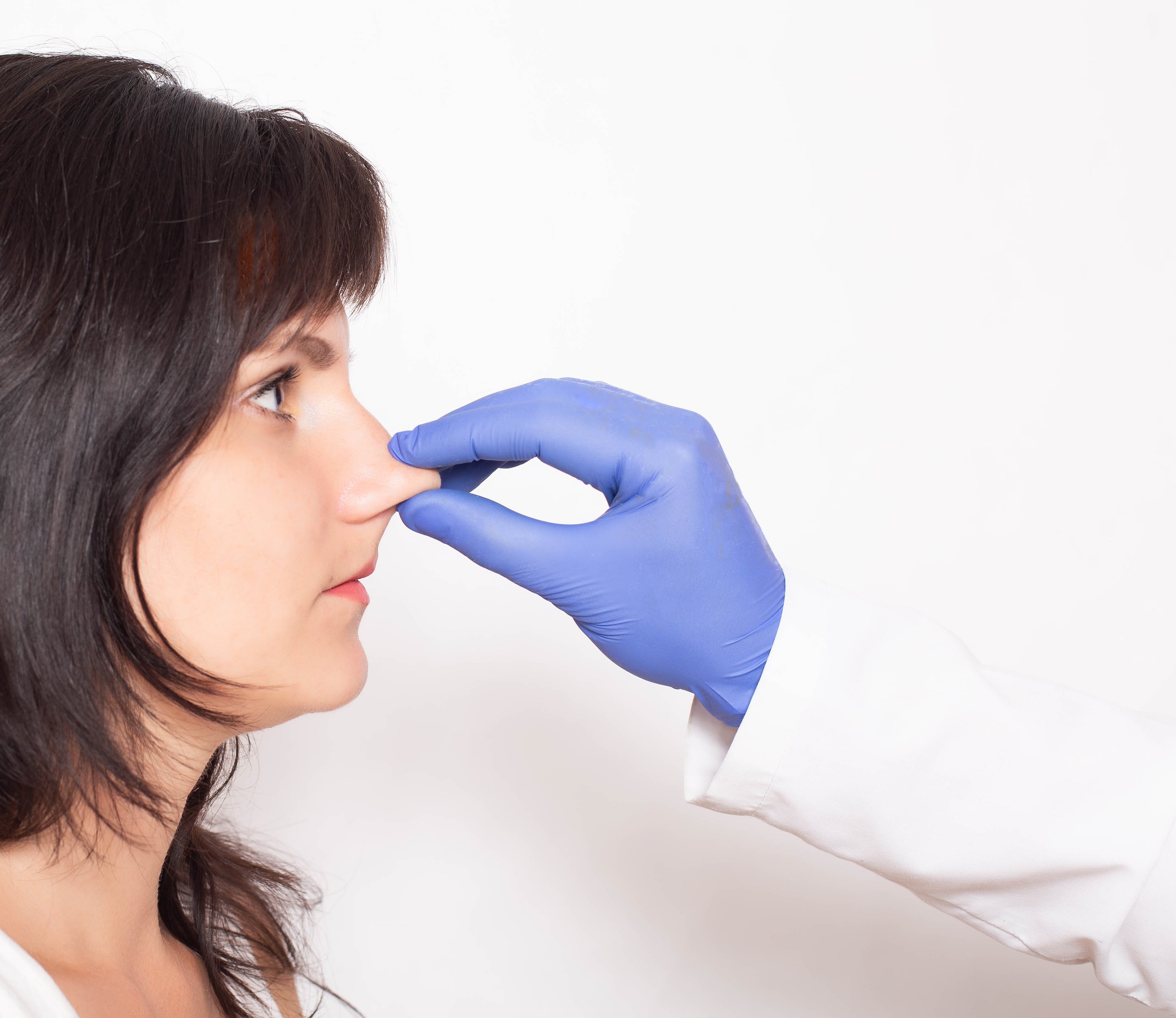The 5-Minute Rule for Rhinoplasty Austin Tx
Table of ContentsOur Rhinoplasty Surgeon Austin DiariesLittle Known Facts About Rhinoplasty Austin Tx.
The design template is rotated 180 degrees and put over the distal (far) portion of the axis of the skin flap; the cosmetic surgeon outlines it with a surgical marker. The overview markings are continued proximally and parallel to the central axis, keeping a 2-cm width for the proximal flap. Without applying an injection of anaesthetic epinephrine, the flap is incised (cut), and the distal half rises between the frontalis muscle and the subcutaneous fat.The dissection continues towards the eyebrow and the glabella (the smooth prominence between the eyebrows) until the skin flap is sufficiently mobile to enable its unwinded transposition upon the nose. Under loupe magnification, the distal portion of the forehead flap is de-fatted, to the subdermal plexus. Yet, the fat-removal needs to be conservative, especially if the patient is either a tobacco cigarette smoker or a diabetic, or both, since such health factors negatively impact blood circulation and tissue perfusion, and thus the timely and proper recovery of the surgical scars to the nose.

Surgical method the septal mucosal flap The surgeon cuts the anteriorly based septal mucosal tissue-flap as widely as possible, and then launches it with a low, posterior back-cut; however only as needed to permit the rotation of the tissue-flap into the nasal wound. The surgeon determines the dimensions (length, width, depth) of the nasal injury, and then defines them upon the nasal septum, and, if possible, incorporates an extra margin of 35 mm of width to the wound measurements; additionally, the base of the mucosal tissue flap need to be at least 1.
The surgeon then makes 2 (2) parallel incisions along the my website flooring and the roof of the nasal septum; the incisions converge anteriorly, towards the front of the nasal spine. Utilizing an elevator, the flap is dissected in a sub-mucoperichondrial airplane. The (far) distal edge of the flap is cut with a right-angle Beaver blade, and then is shifted into the wound.
A technical variation of the septal mucosal flap technique is the Trap-door flap, which is utilized to reconstruct one side of the reference upper half of the nasal lining. It is emplaced in the contralateral nasal cavity, as a superiorly based septal mucosal flap of rectangle-shaped shape, like that of a "trap-door".
The surgeon elevates the flap of septal mucosa to the roofing of the nasal septum, and after that traverses it into the contralateral (opposite) nasal cavity through a slit made by eliminating a little, narrow portion of the dorsal roof of the septum. Afterwards, the septomucosal flap is extended throughout the wound in the mucosal lining of the lateral nose - austin rhinopasty surgeon.
A Biased View of Rhinoplasty Austin Tx
I. Partial-thickness flaws A partial-thickness flaw is a wound with adequate soft-tissue protection of the underlying Discover More Here nasal skeleton, yet is too big for primary intention closure, with sutures. Based upon the area of the wound, the cosmetic surgeon has two (2) alternatives for fixing such a wound: (i) healing the wound by secondary intent (re-epithelialisation); and (ii) recovery the wound with a full-thickness skin graft (rhinoplasty austin tx).
In case, bigger nasal wounds (problems) do effectively recover by secondary objective, however do present 2 drawbacks. Initially, the resultant scar typically is a wide spot of tissue that is aesthetically inferior to the scars produced with other nasal-defect correction methods; however, the skin of the median canthus is an exception to such scarring.

Yet, nasal correction with a skin graft collected from the client's neck is not recommended, since that skin is low-density pilosebaceous tissue with really few hair follicles and sebaceous glands, thus differs from the oily skin of the nose. The technical benefits of nasal-defect correction with a skin graft are a quick surgery time, an easy rhinoplastic strategy, and a low incidence of tissue morbidity.
